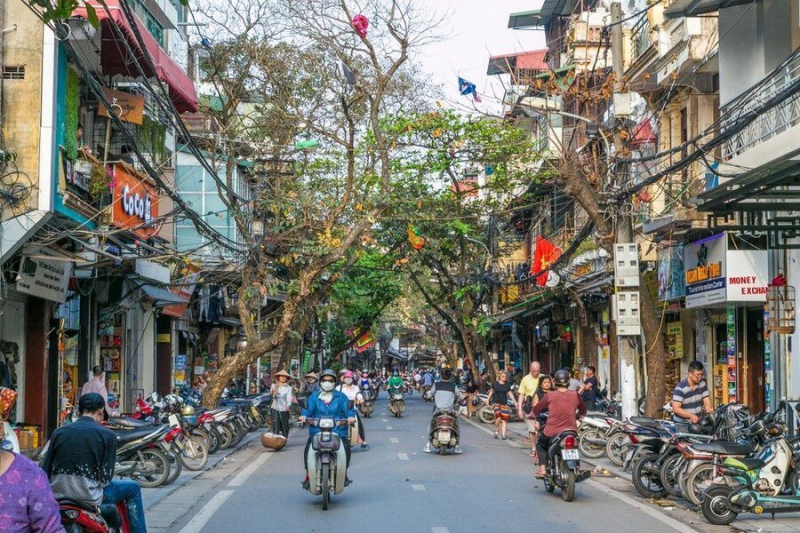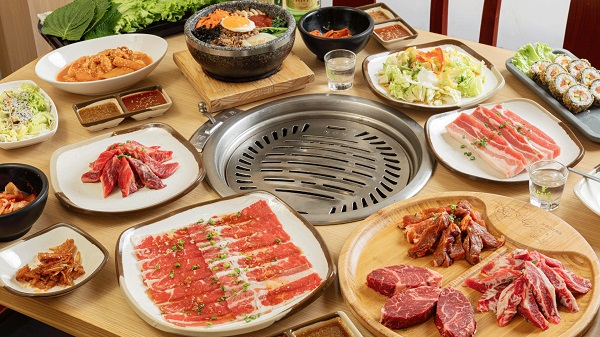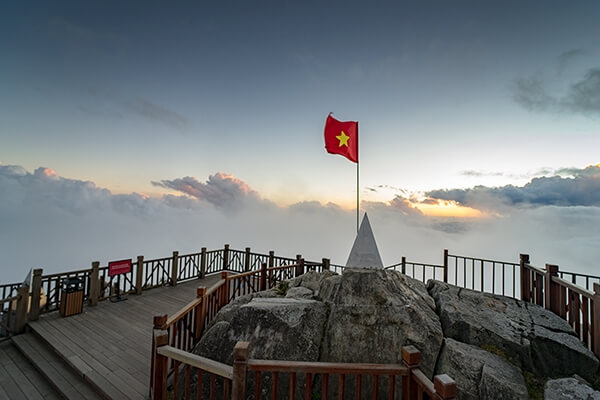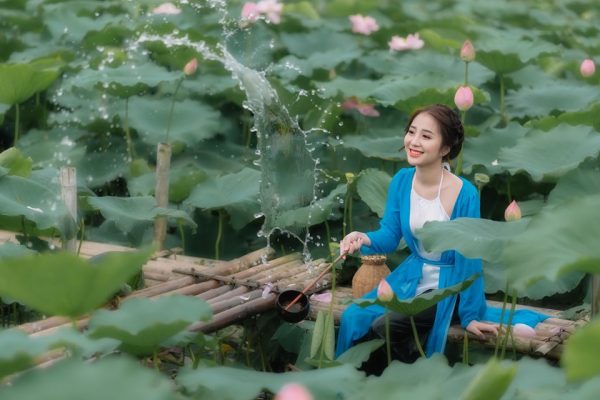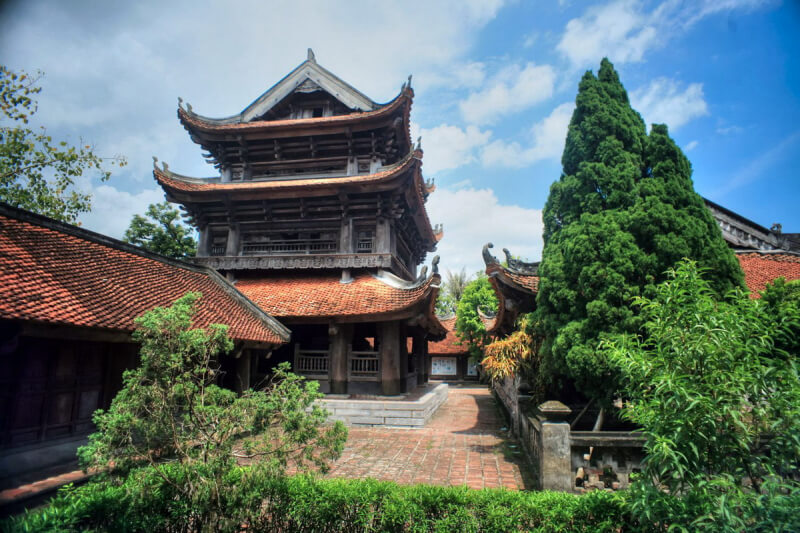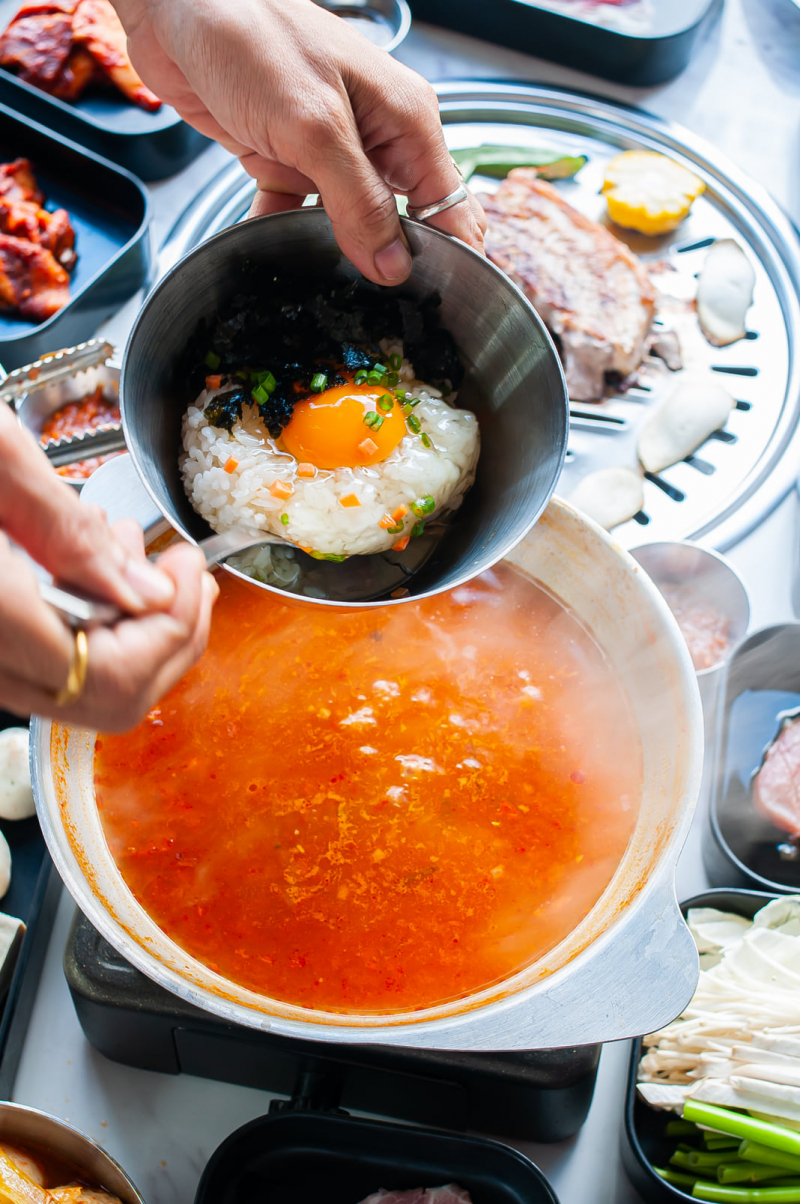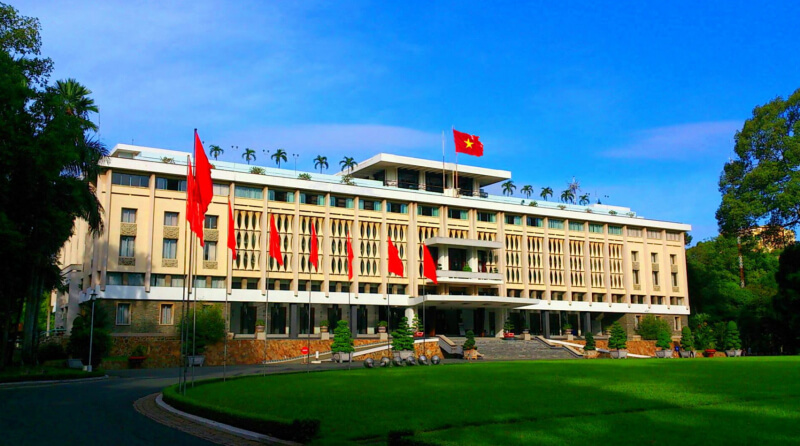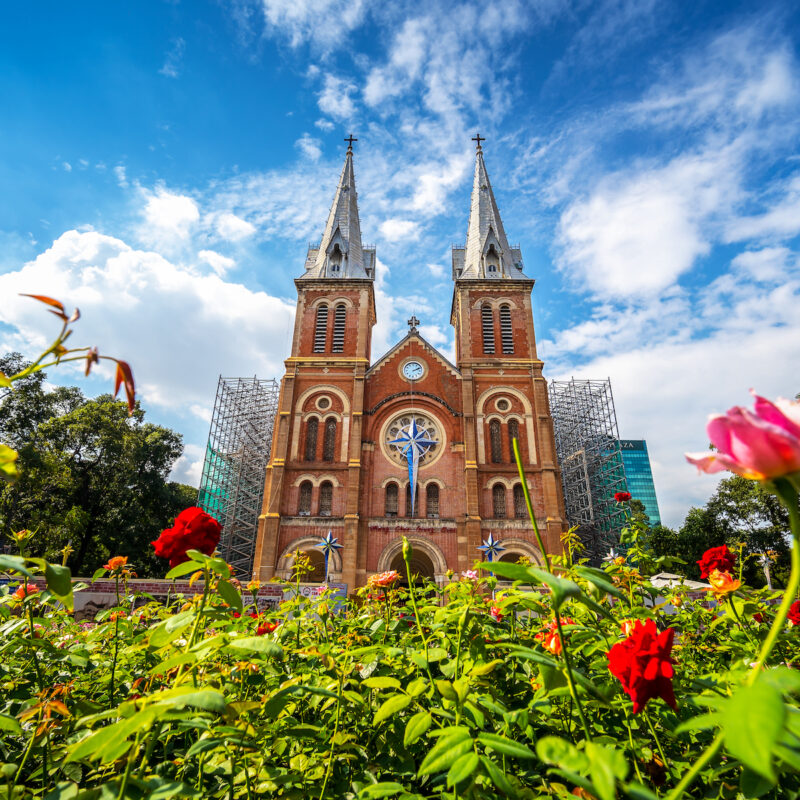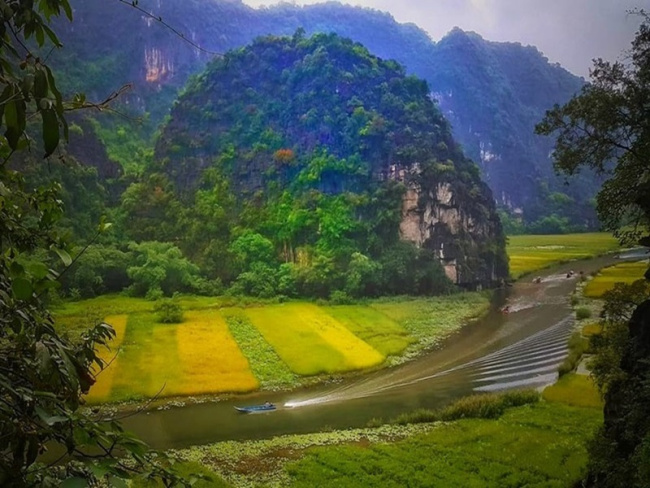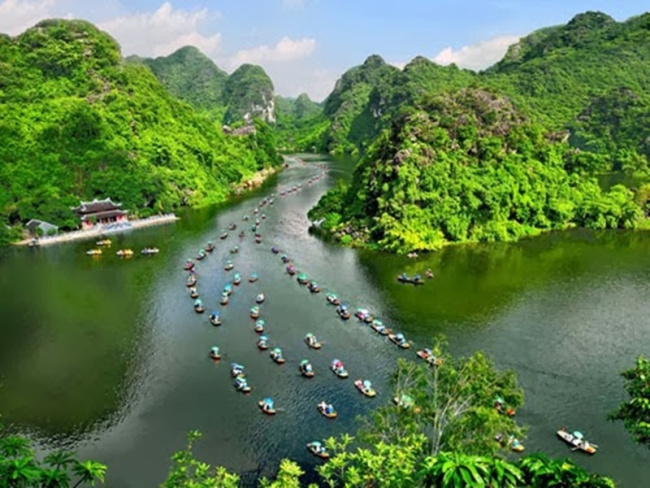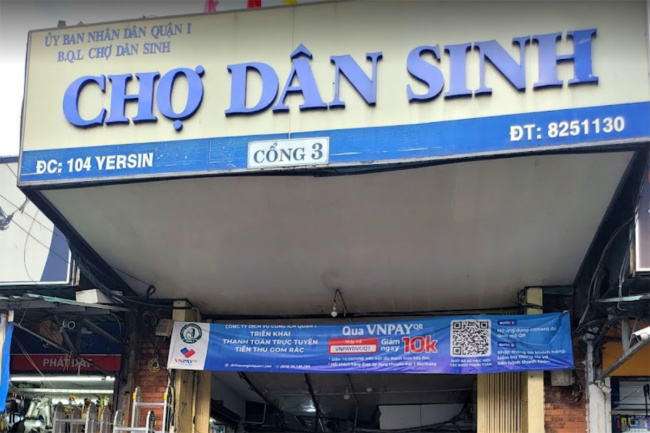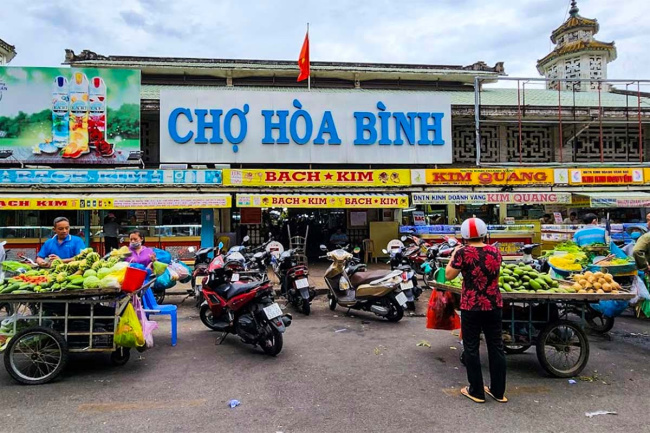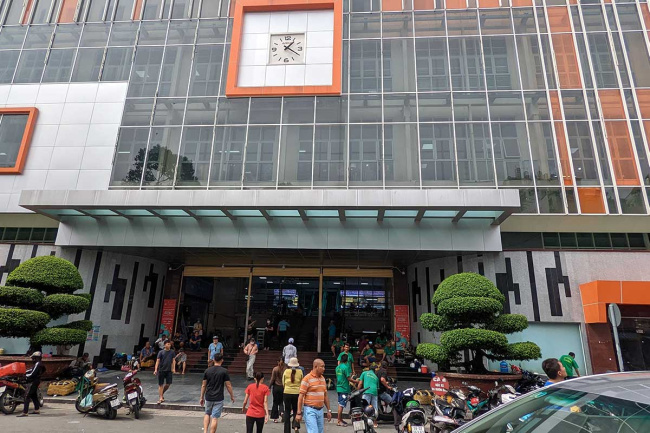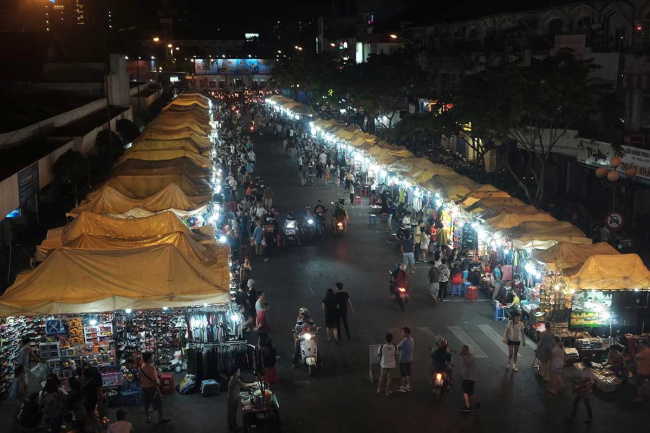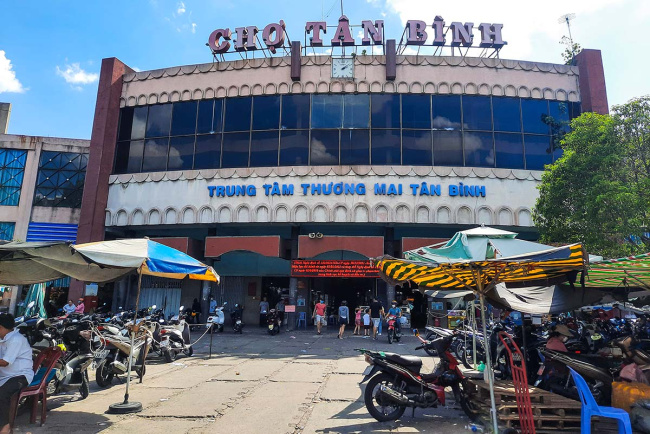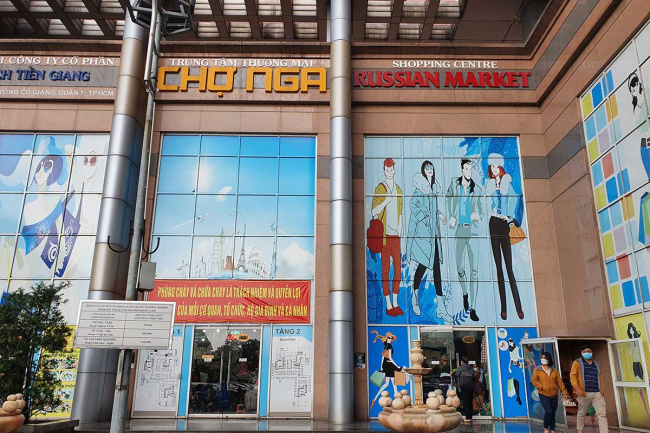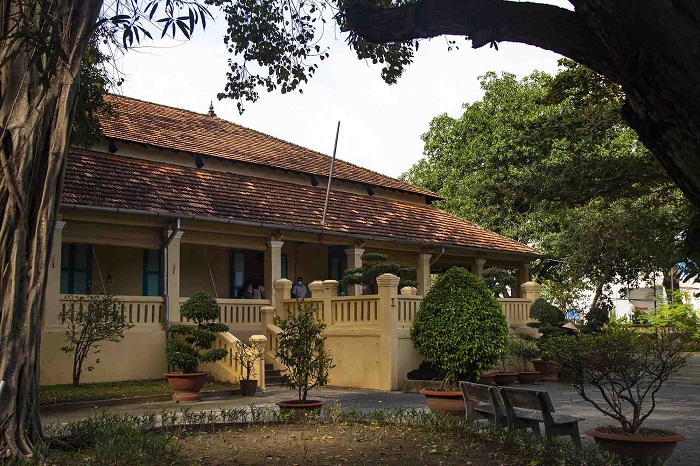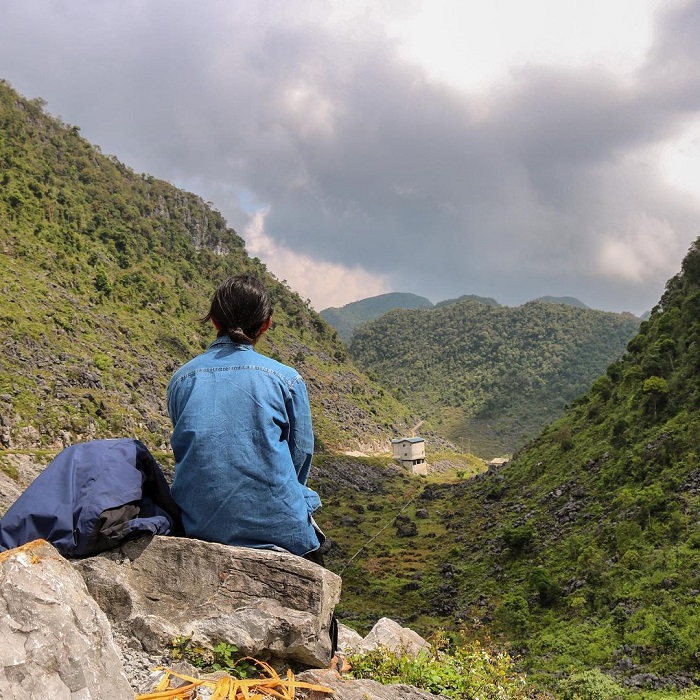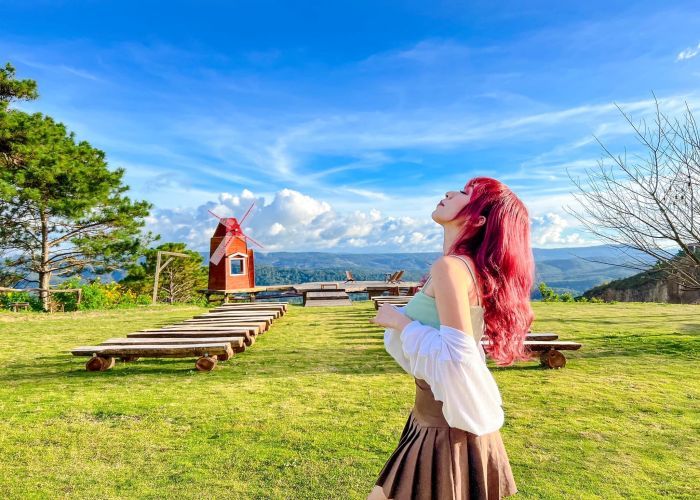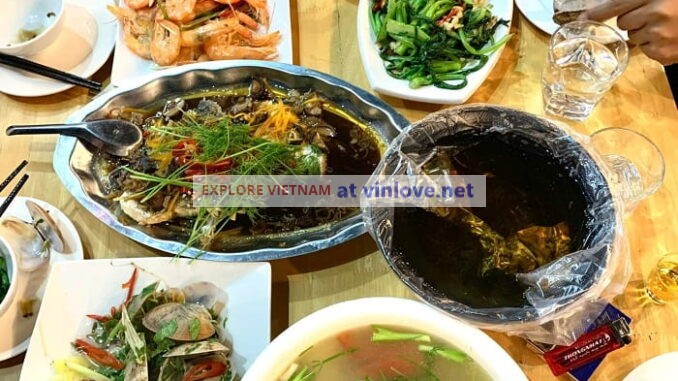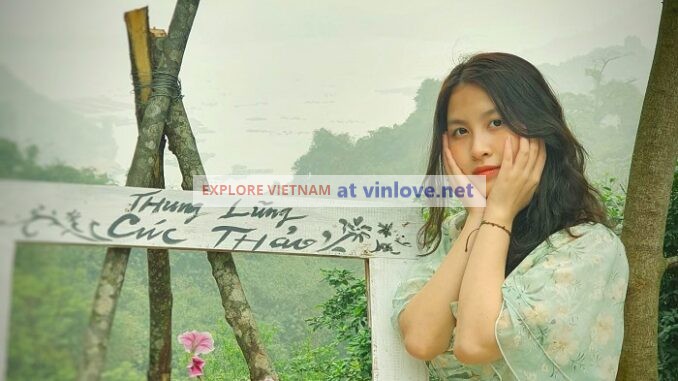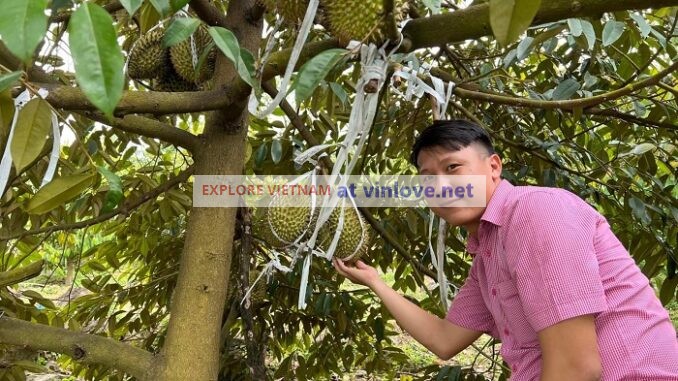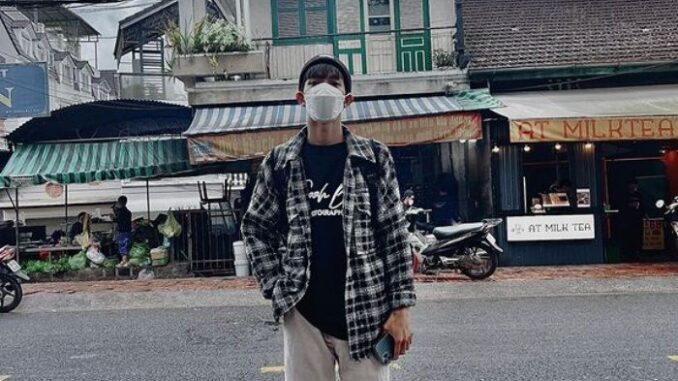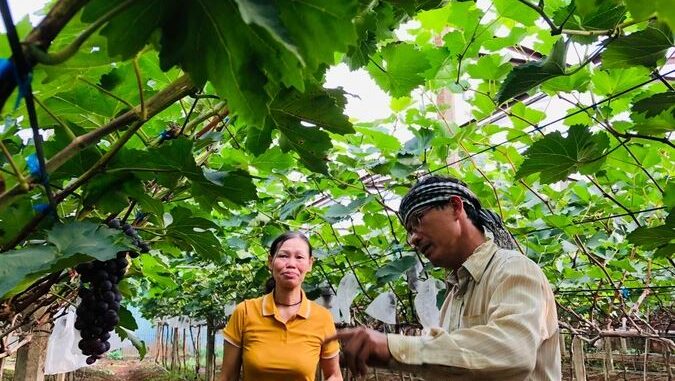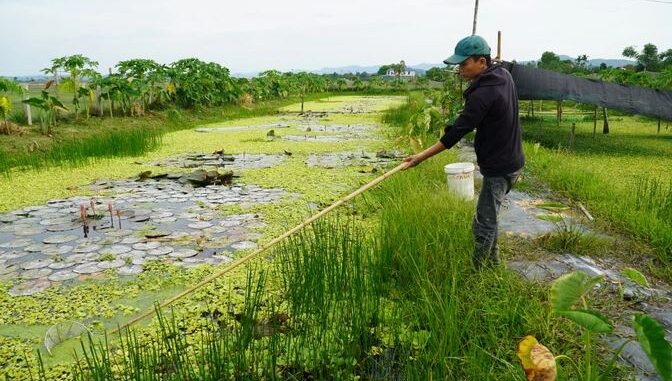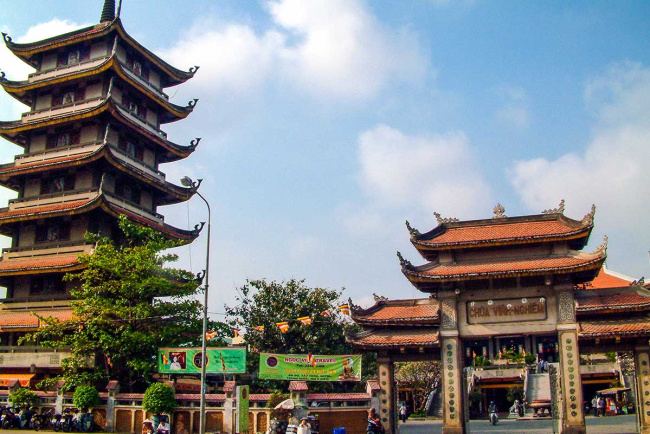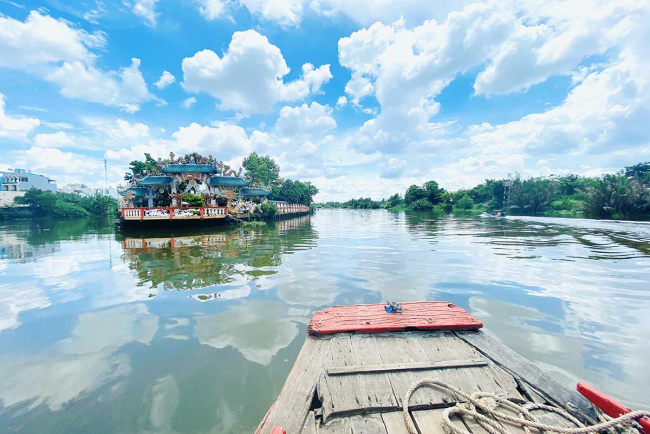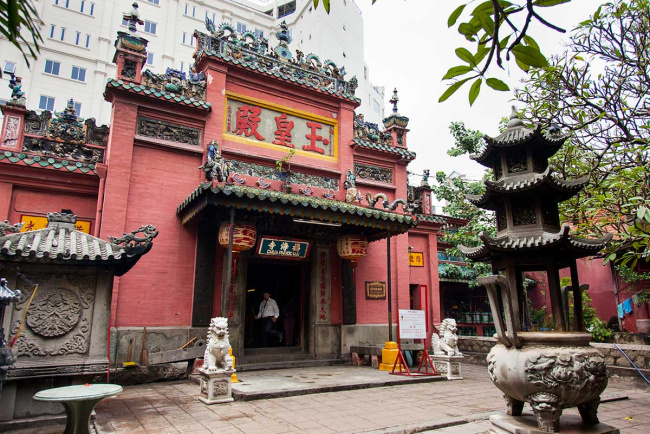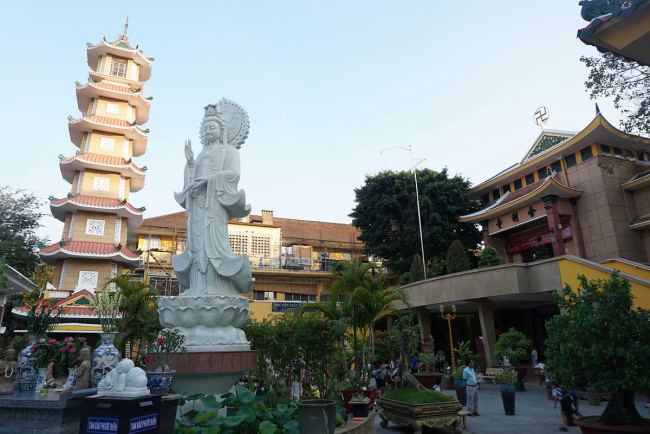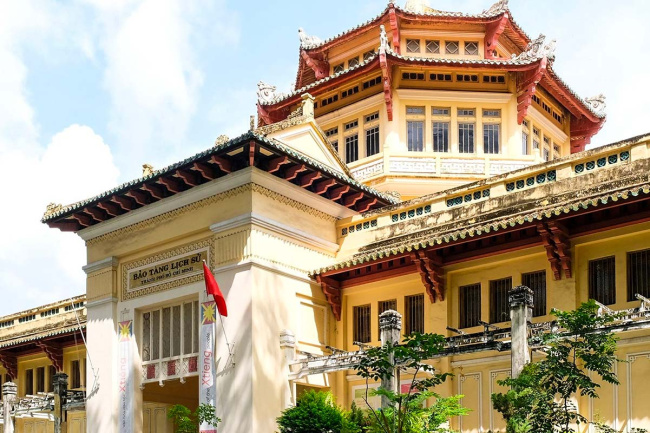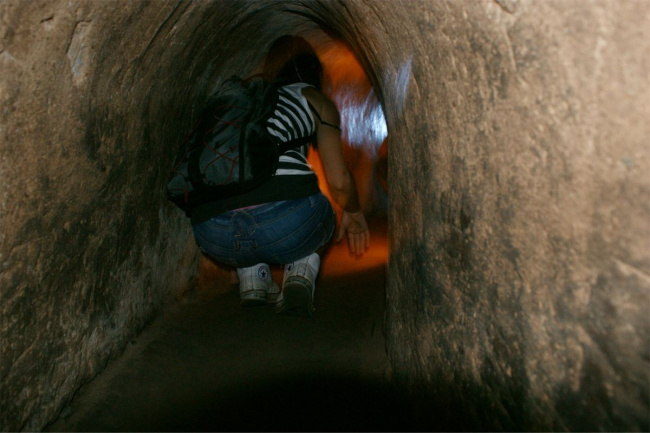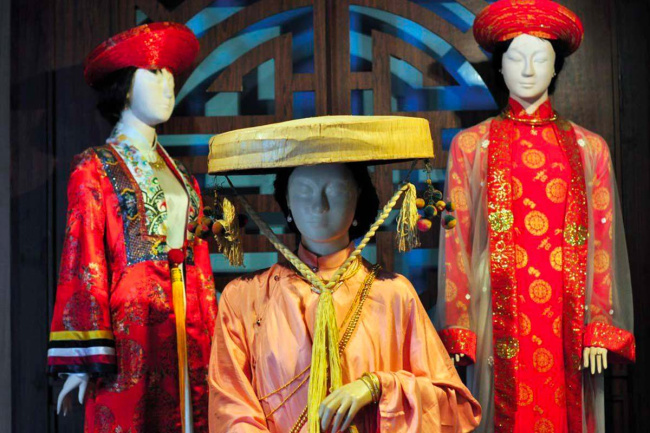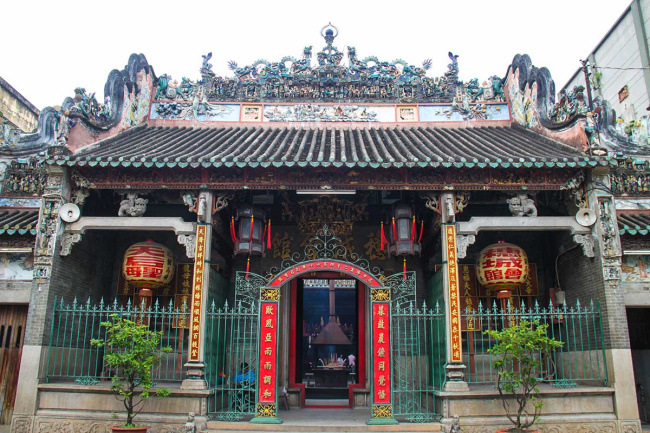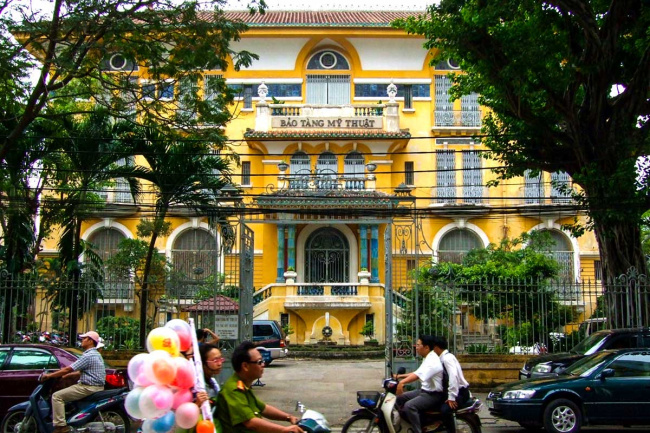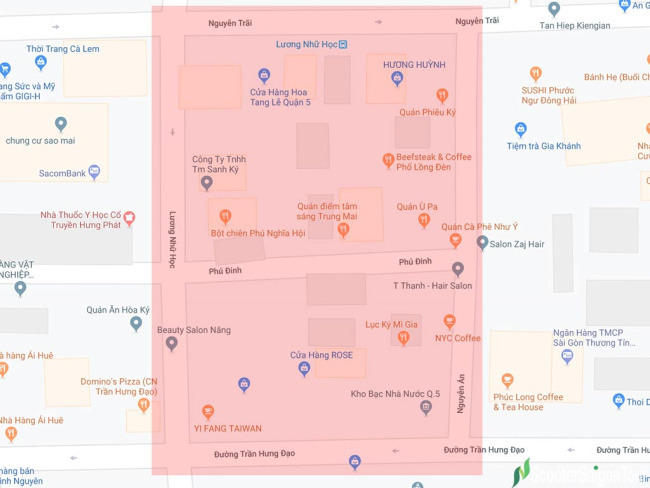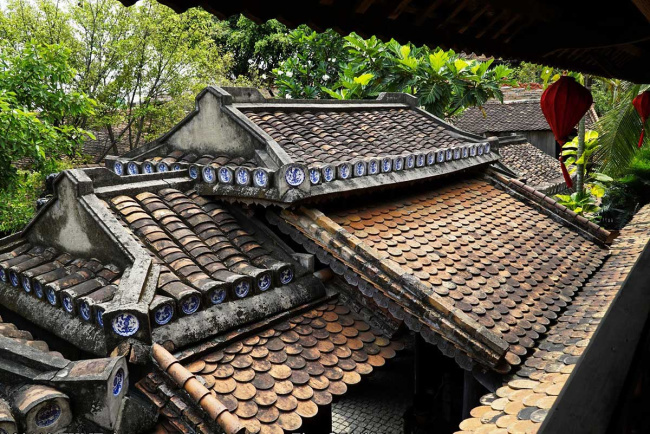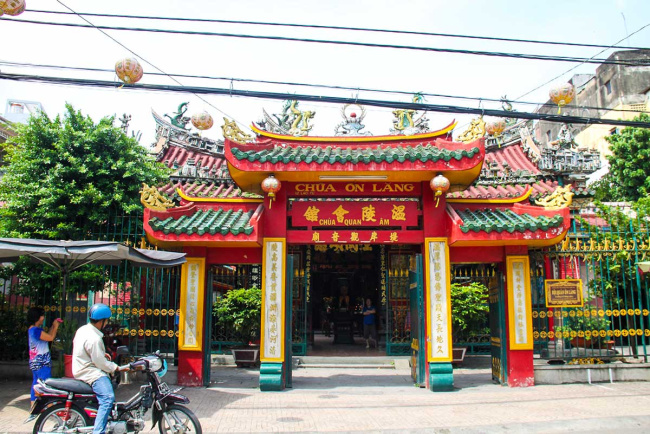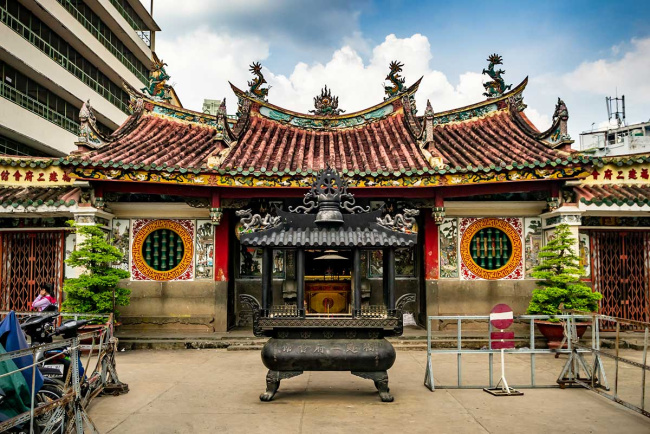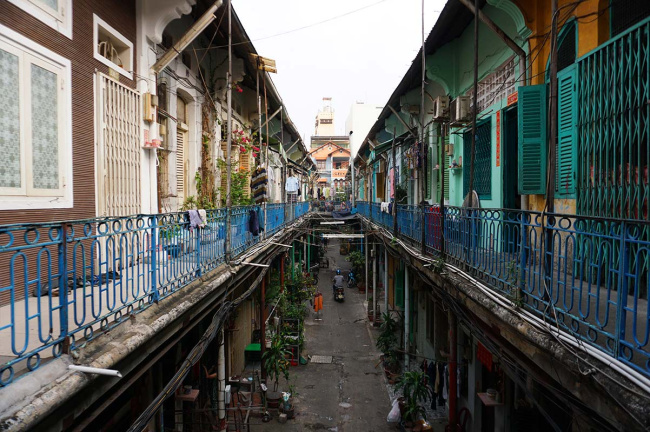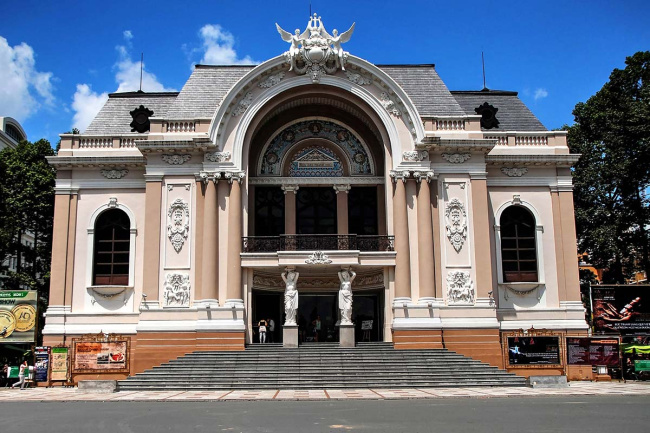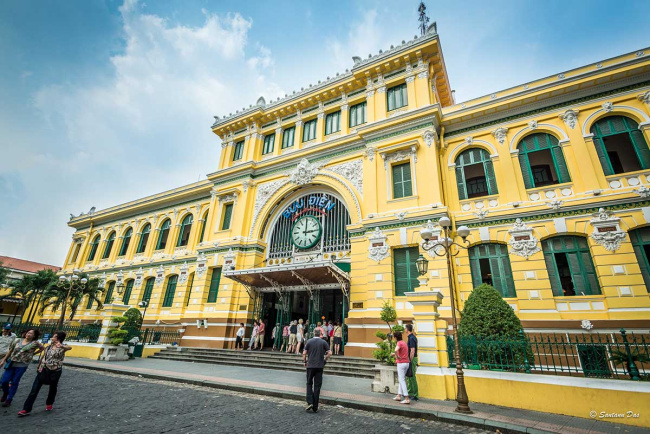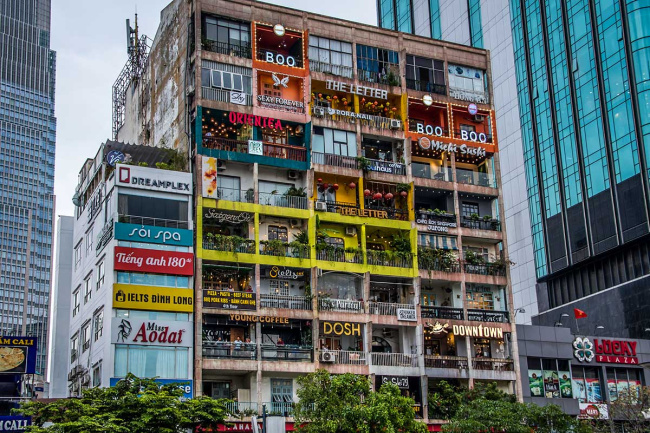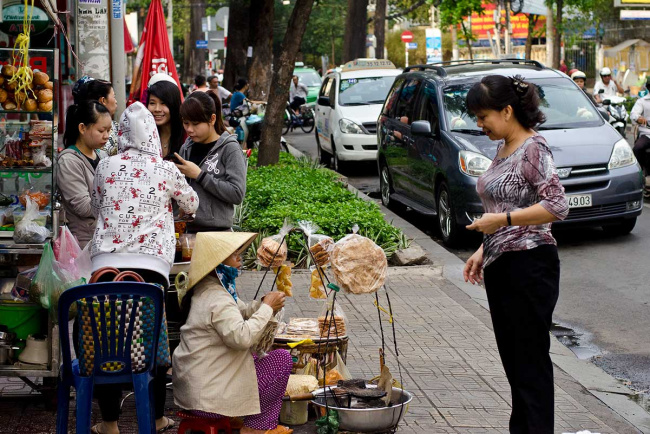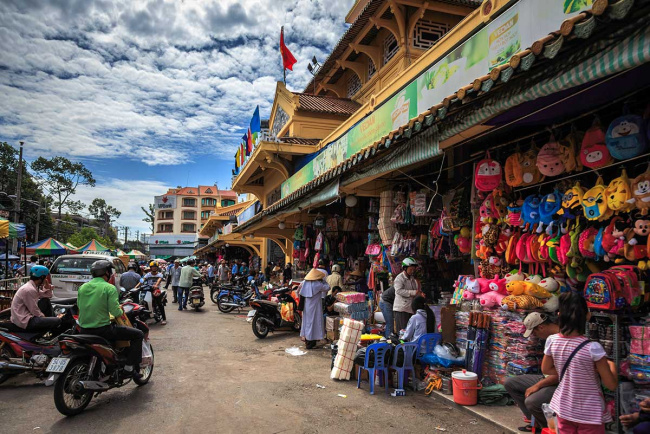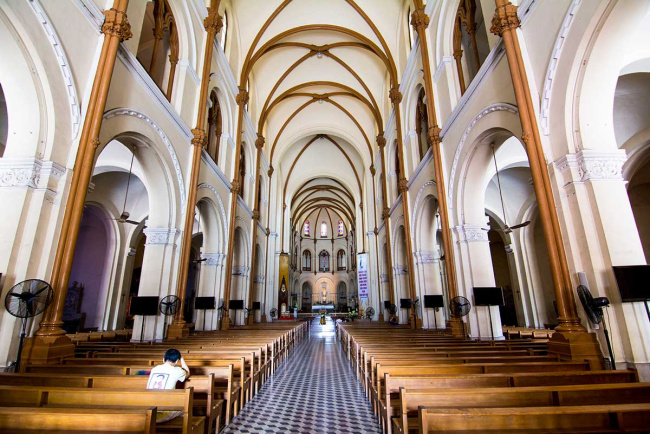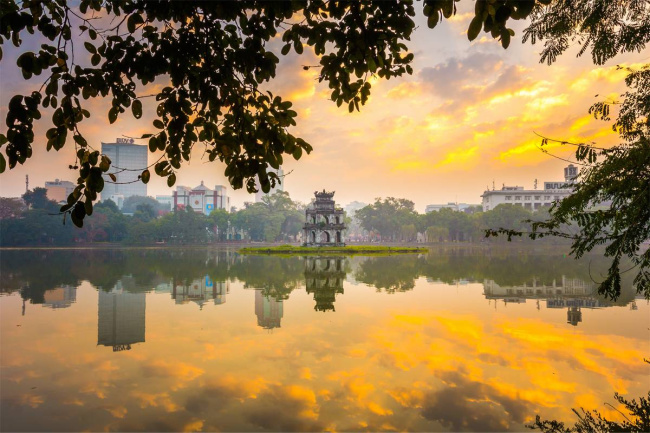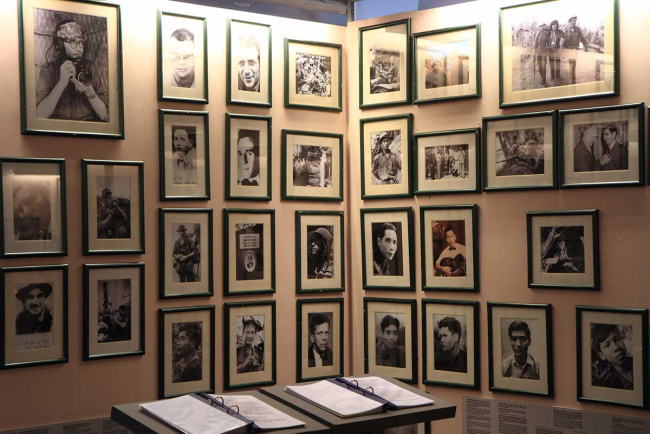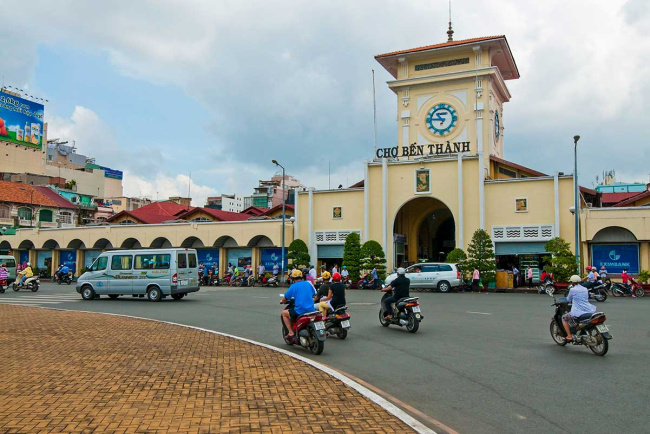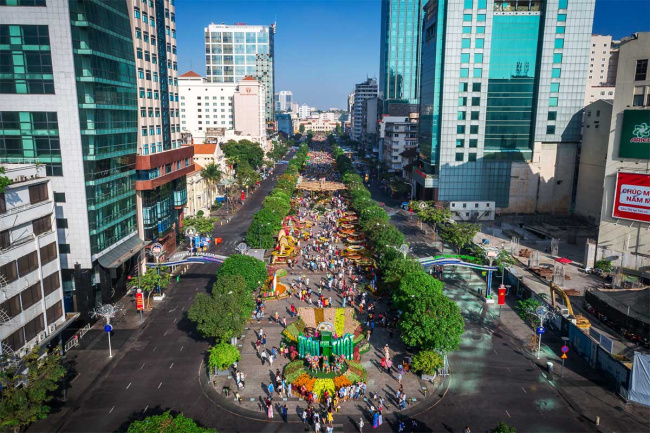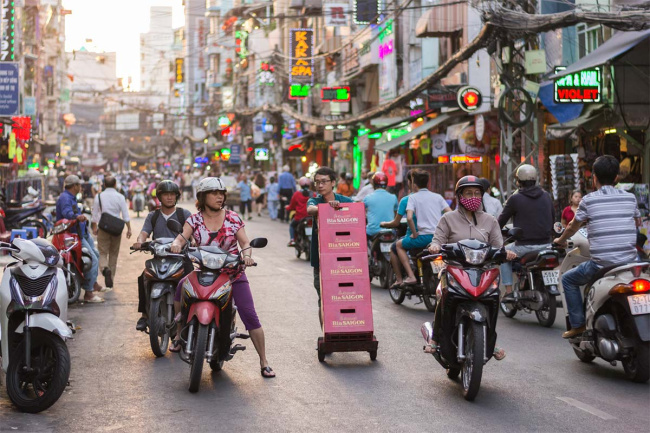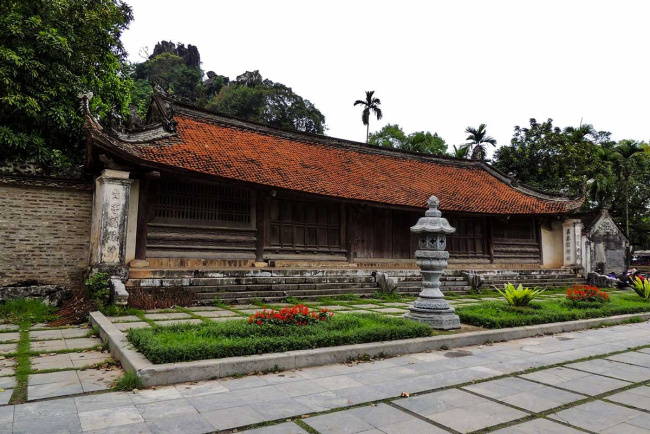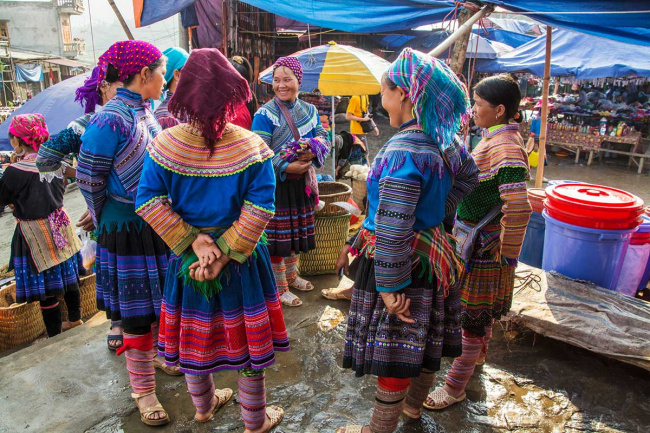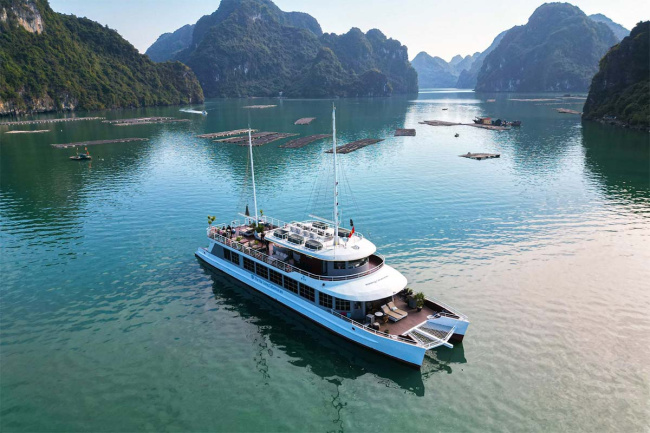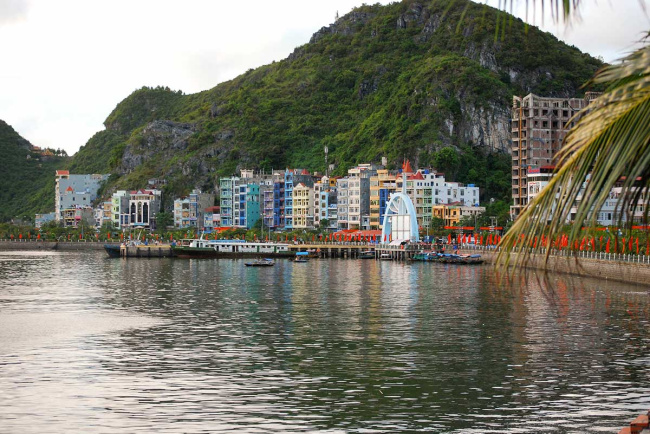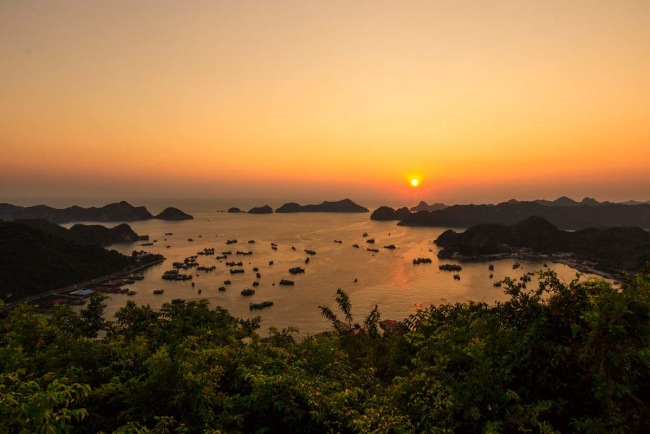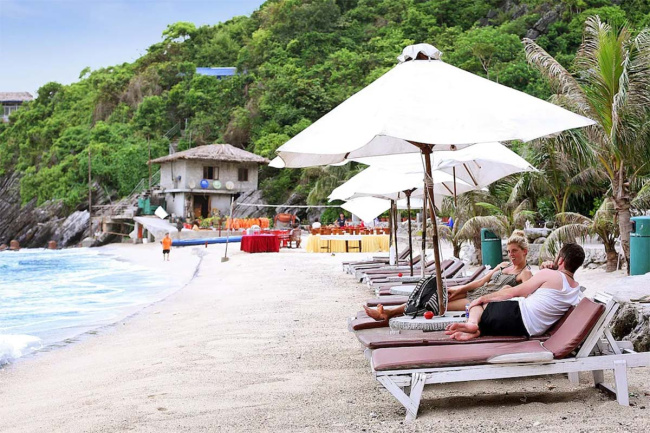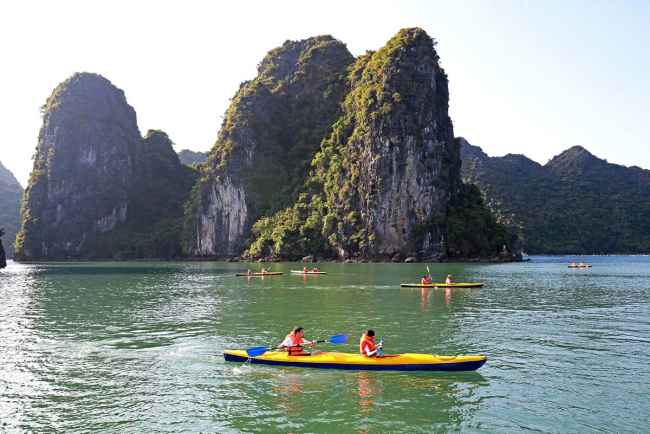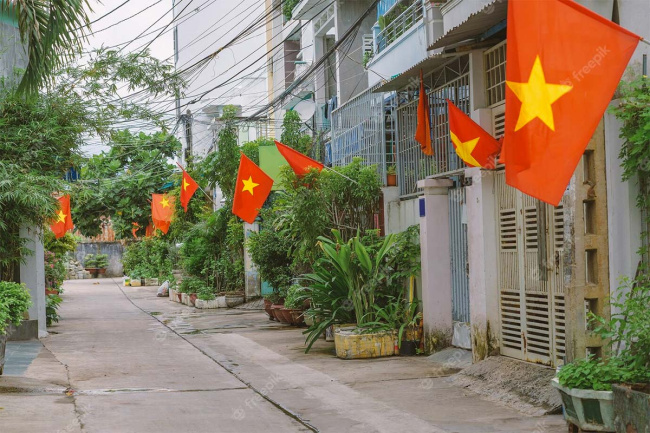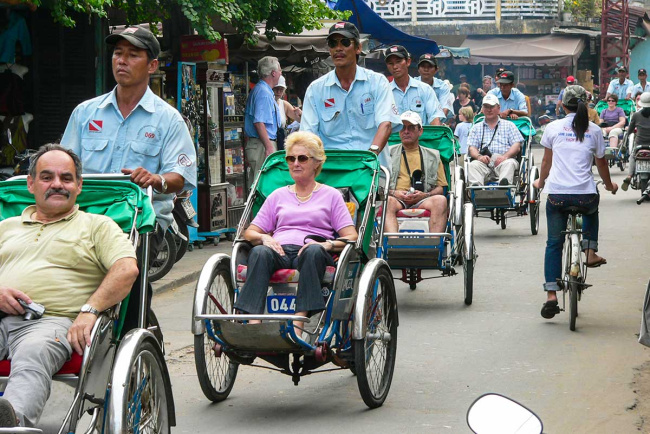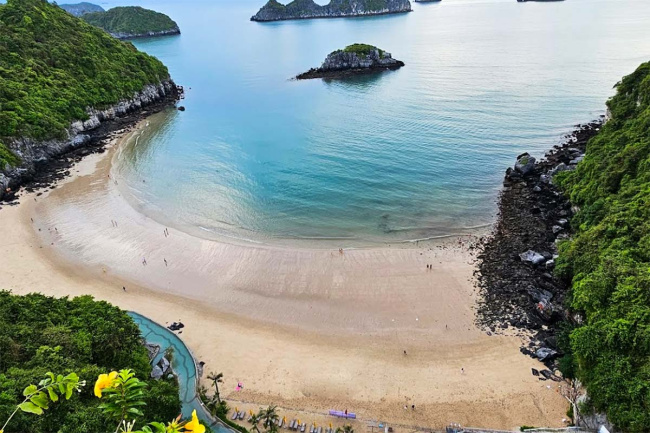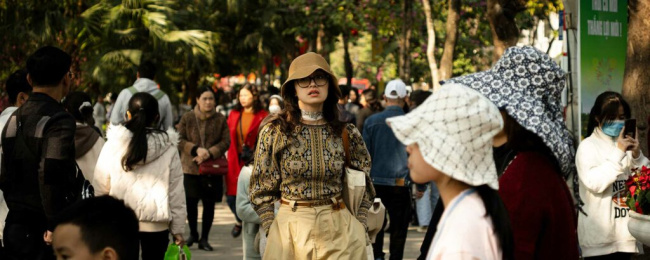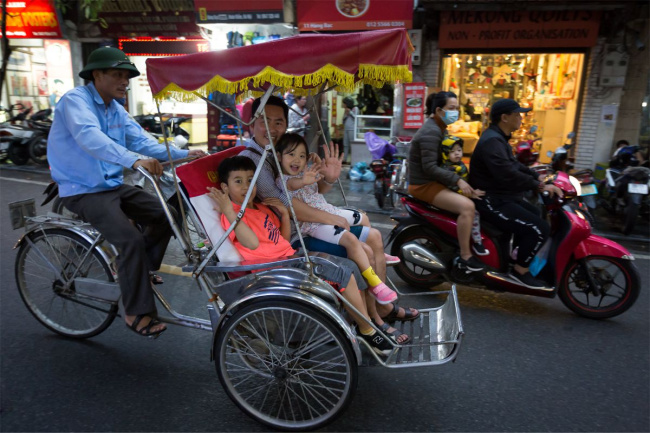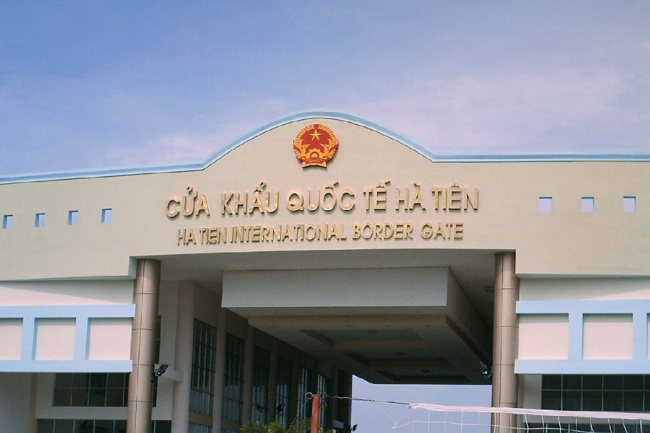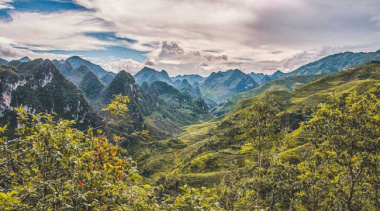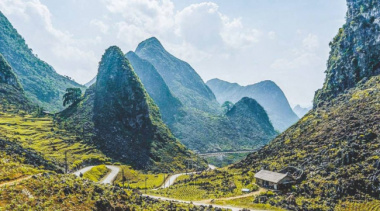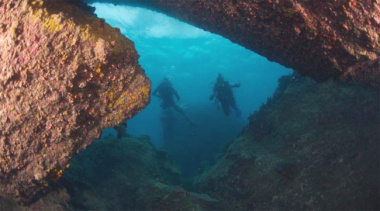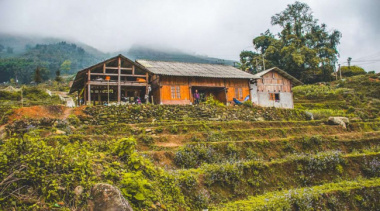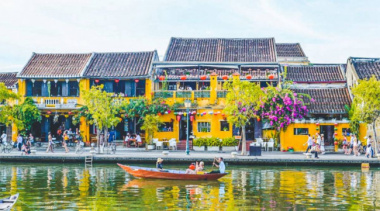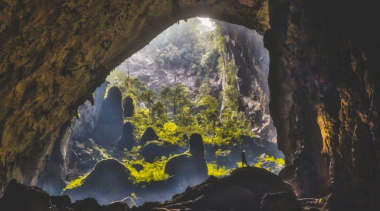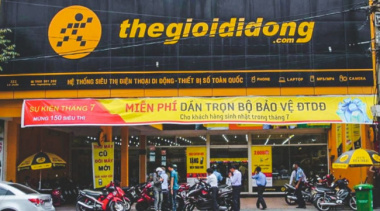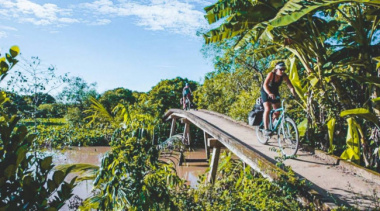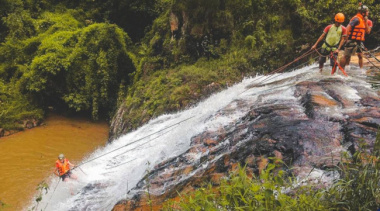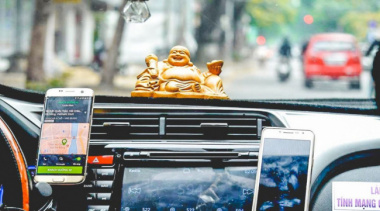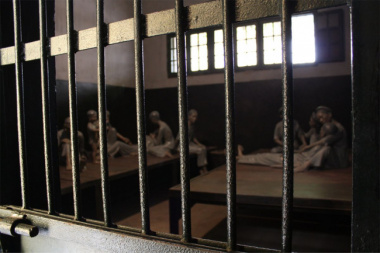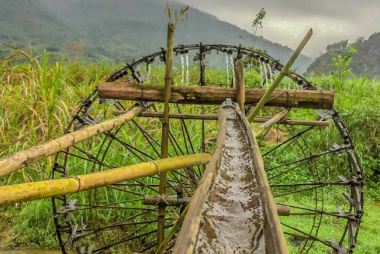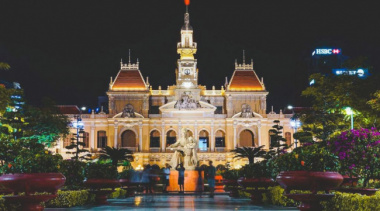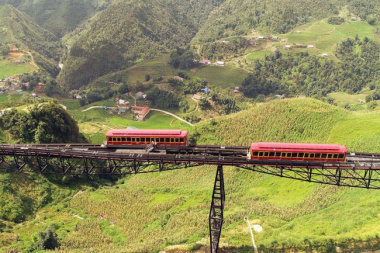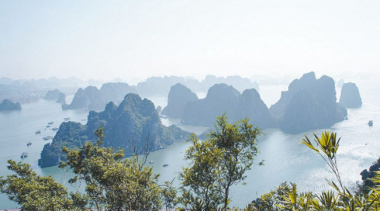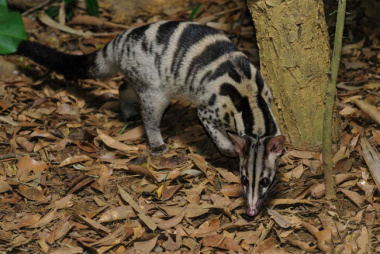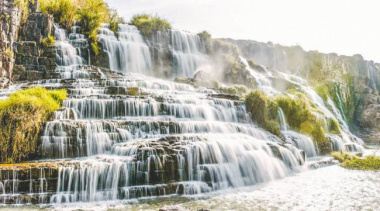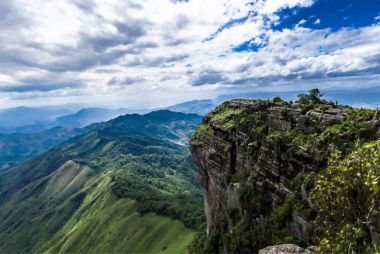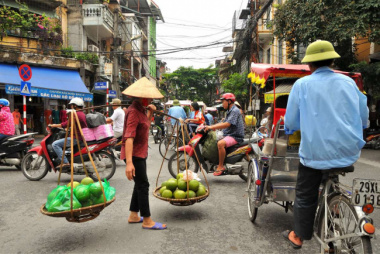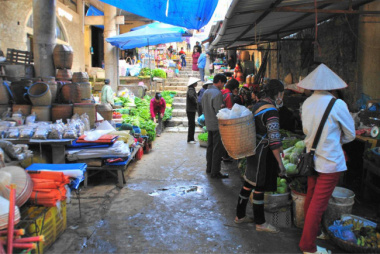Reunification Palace – A Historical Gem in Ho Chi Minh City
- History of Reunification Palace
- What to see at the Reunification Palace
- Visiting information
- Other Vietnam War sights in the city
The Reunification Palace, also known as Independence Palace, is a landmark building located in the heart of Ho Chi Minh City. It was the site of the end of the Vietnam War in 1975, when a North Vietnamese Army tank crashed through the gates. Today, the palace serves as a popular tourist attraction, offering visitors a glimpse into Vietnam’s fascinating history and culture.
History of Reunification Palace
The Reunification Palace, also known as Independence Palace, served as the home and workplace of the President of South Vietnam during the Vietnam War. The palace was constructed in the early 1960s and designed by architect Ngô Viết Thụ, featuring modernist architecture with a blend of European and Vietnamese styles.
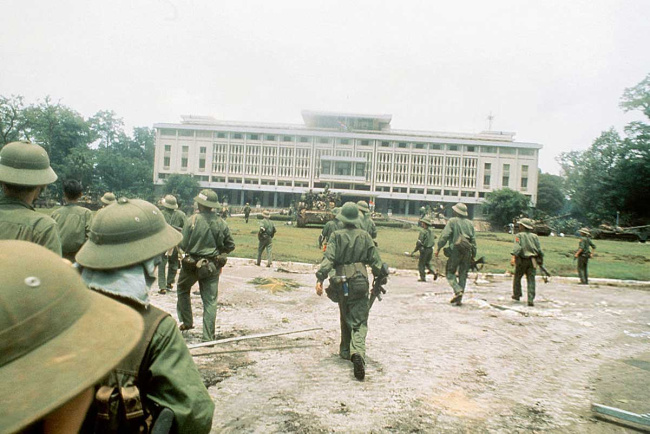
On April 30, 1975, the palace was famously stormed by North Vietnamese tanks, marking the end of the Vietnam War and the reunification of North and South Vietnam. The palace has since been preserved as a historical monument and is open to visitors for tours and exhibitions.
What to see at the Reunification Palace
Grounds – The palace features beautifully landscaped gardens and terraces with fountains, sculptures, an outdoor seating area and variety of trees and flowers. You can stroll through the gardens and enjoy the peaceful atmosphere amidst the bustling city.

Main Hall: The main gate and entrance to the palace is an impressive sight with its twin staircases and large open plaza. The main hall is the first place you’ll enter and it’s where official receptions were held. You can see the President’s office, conference rooms, and a banquet hall.
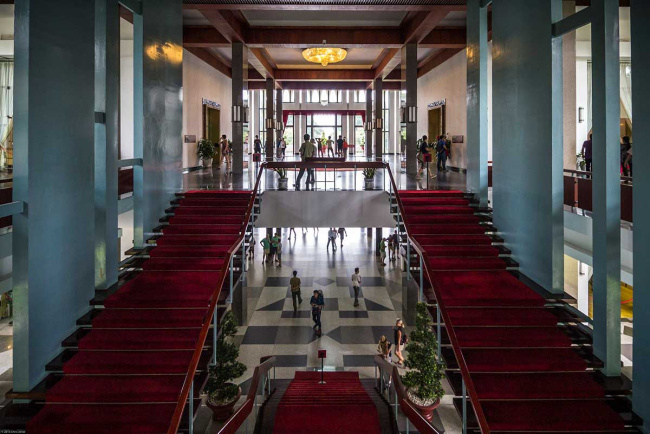
War Command Room: This room was used during the Vietnam War and has been left untouched since 1975. It’s filled with telephones, radios, maps, and plotting boards that were used by military officials.
Basement: The basement is where you can see the communication center, which was used to communicate with other countries. There’s also a movie theater where the President and his guests could watch movies, a billiard room, and a private apartment for the president.
Bunker: There’s a bunker on the grounds that was built during the Vietnam War for the President’s protection. It is a reinforced underground space where the President and his staff could take shelter during attacks.

Dining Room: This room is used for state dinners and has a grand chandelier and lavish decorations. It is a grand space where state dinners and other important events were held.
Reception Room: This room is used for welcoming guests and has beautiful artwork and furniture.
Meeting & events: There are meetings rooms in the Reunification Palace, where he received foreign diplomats, signed important documents and held meetings. Located on the second floor of the Reunification Palace, was the room for important events. It was decorated with red velvet furniture and crystal chandeliers.


Private Living Quarters: There are several private living quarters for the President and his family, including bedrooms, sitting rooms, and bathrooms.
Rooftop: The rooftop of the Reunification Palace features a helicopter landing area and an observation deck offering panoramic views of Ho Chi Minh City. It was the site of the famous evacuation of the last Americans from Saigon on April 30, 1975, which marked the end of the Vietnam War.
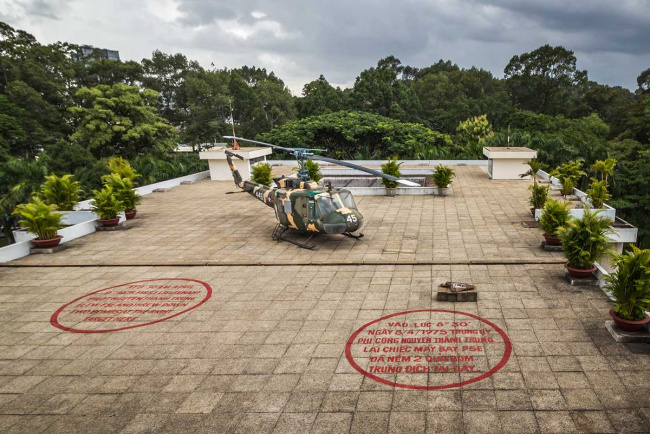
Museum: There’s a museum on the grounds that showcases the history of the palace and the Vietnam War.
Visiting information
- Entrance fee: The entrance fee is 50,000 VND (approximately 2.2 USD) per person.
- Opening hours: The palace is open every day from 7:30 am to 5:00 pm, including on holidays and weekends.
- Peak hours: The palace can get quite crowded, especially during peak hours from 9:00 am to 11:00 am and from 2:00 pm to 4:00 pm.
- Dress code: There is no official dress code, but it’s recommended to dress conservatively and avoid wearing too revealing clothing.
- Address: The Reunification Palace is located at 135 Nam Ky Khoi Nghia Street, Ben Thanh Ward, District 1, Ho Chi Minh City, Vietnam.
Reunification Palace is located in the heart of Ho Chi Minh City’s District 1, and it is easily accessible by taxi. A taxi ride from the city center to the palace should take around 10-15 minutes, depending on traffic conditions and where you are traveling from. The fare should be around 50,000-100,000 VND (2-4 USD) depending on the taxi company and the time of day.
Alternatively, you can take public transportation, such as buses, to nearby stations and walk to the palace from there. The palace’s address is 135 Nam Ky Khoi Nghia Street, Ben Thanh Ward, District 1, Ho Chi Minh City, Vietnam.
Other Vietnam War sights in the city
Ho Chi Minh City offers several significant Vietnam War sights apart from the Reunification Palace. One of the most notable is the Cu Chi Tunnels, located outside the city, which played a crucial role in the war and offer a unique insight into the underground life of Viet Cong soldiers. Additionally, the War Remnants Museum, situated just 600 meters from the Reunification Palace, is a must-visit to learn about the war’s impact and view powerful exhibits.
Interested in learning more about the Vietnam War during your trip in Vietnam? Read our comprehensive list of Vietnam War sights in Vietnam to discover other significant historical sites and museums that offer valuable insights into this important period of history.
Đăng bởi: Quốc Tiến


